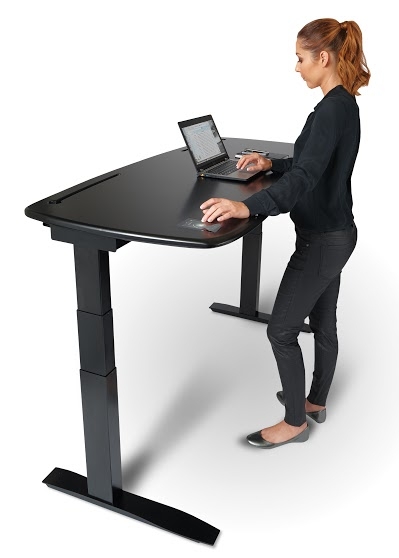Is it possible that a simple change like “Standing more” could increase life span by years?
There are many recognized addictive behaviors but most of us would have never considered that an addiction to sitting could be having a serious impact on our life span.
The Mayo clinic reports on their website that sitting for extended periods of time contributes to obesity, slow metabolism, elevated blood sugar, high blood pressure plus increases the risk of cardiovascular disease. They say that we can increase our life span simply by reducing our sitting time.
It is a sobering thought to know that sitting for a long period of time contributes to all causes of mortality and this is not improved by other physical activity that we engage in (Younger et al.).
Can sitting time influence whether or not we develop a chronic disease? The answer is YES – which means that sitting less will allow us to live longer and with fewer diseases.
We should think of what we can change in our daily life to make us live less sedentary to not only improve our life span but improve our well being overall (Owen et al.). We should inspire others as well as ourselves to mobilise. Our children are at great risk of developing serious health conditions and adults are at great risk of developing chronic debilitating conditions all because of choosing to sit for extended periods of time.
The Sitting Syndrome
There is a new branch of science called “Inactivity Physiology” that studies the consequence of excessive sitting time. Research conclusively shows that we should reduce the amount of time we sit, as a result we will feel better, we will smile more and be healthier. In fact, studies have shown that working from a standing position improves cognitive function.
Inspiring people to sit less is not a fad. Compulsive sitting is making us unwell and has the potential to shorten our life.
We know that exercise is important as it improves our health. Many believe that doing the recommended weekly exercise of >150 min per week will be enough to offset a sedentary life style or sitting at a desk for extended periods of time during a work week. This is not the case; exercise does not fully negate those extended periods of prolonged sitting.
 The conclusion is that we should move more throughout our day. Try these tips to reduce your sitting time:
The conclusion is that we should move more throughout our day. Try these tips to reduce your sitting time:
- Invest in a standing desk. You can purchase these to sit on top of your current desk, allowing you to easily interchange between sitting and standing.
- Investigate your work place and home for elevated areas that can serve as a standing work space. For example, Marilyn rotated an unused bookcase, and Bella uses a high kitchen bar bench.
- Stand and move hourly if you are required to sit for extended periods of time.
- Involve your children in the same way by finding a work space at an appropriate standing height for after school activities and homework.
References available on request.

